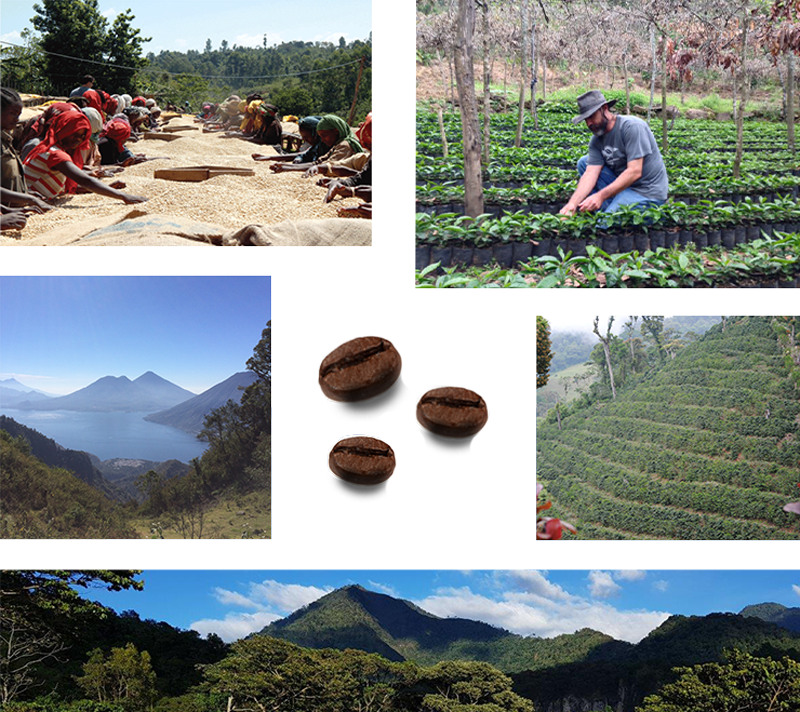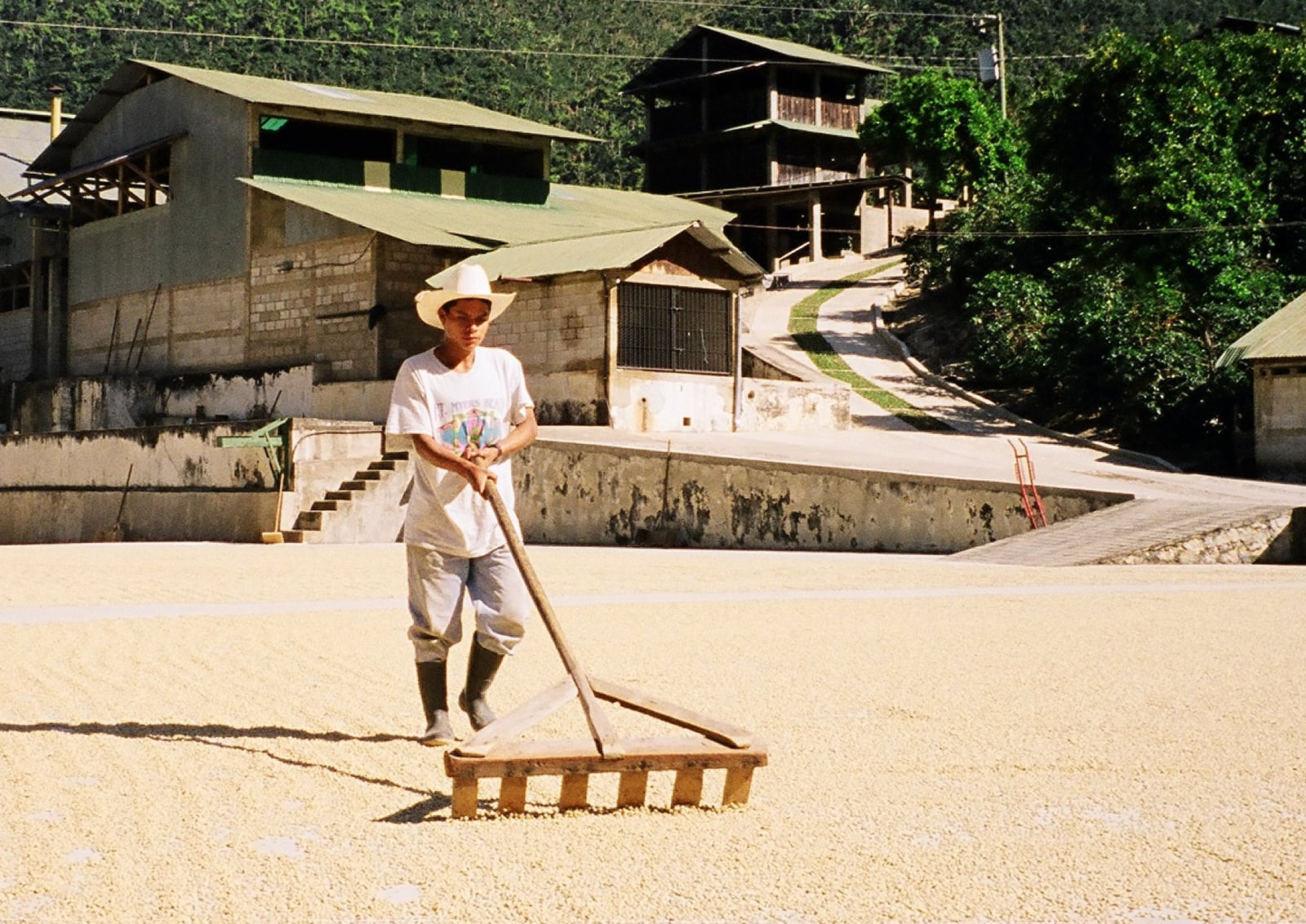Coffee Growing Regions of the World
Coffee Regions
Coffee grows throughout the tropical world in countries that we have all thought of as destinations for travel fantasies, places whose very mention conjures up vivid image of exotic cultures and their customs, unusual wildlife, and lush tropical rainforest Shangri-las. Places like Java, Sumatra, Kenya, Guatemala, Costa Rica, Peru.
The coffee tree as a living entity is, in every way, very much a product of its environment. It draws its nutrients from the soil in which its roots are firmly planted. Its growth depends on the local climatic patterns and rainfall and temperature. The care of the farmer’s husbandry is equally important, as is the care and thoroughness of the processing given to the coffee after it is harvested.


The Importance of Terroir
Most people perceive the tropics, to which coffee is native, as being hot and humid – but that is not always the case. The best coffee actually comes from the cooler, more temperate environments of the higher mountainous regions within the tropics. Conditions most suitable for coffee growing include: abundant rainfall, mean annual temperature of about 70 degrees Fahrenheit, and well drained, nutrient-rich soils – elements that can be found at a variety of altitudes. Coffee is cultivated at all altitudes from sea level up to the frost level.
Lower elevations push the ideal growing conditions to one end of an extreme. In this hot and humid environment, with its excessive year-round rainfall, coffee trees produce fruit almost endlessly with no particular season, as the higher temperatures tend to accelerate ripening. Under these conditions, much of the fruit tends to rot or be eaten by prey before it has the chance to germinate and give life to the next generation of coffee trees.
High vs Low
The parent coffee tree’s biological response is to produce an excessive quantity of fruit to overwhelm the adverse conditions, so that a few of the seeds might succeed in becoming the future generation. As a result, lowland coffees lack substance, and the coffee flavor is often harsh, bitter, and dirty, as well as high in caffeine, and quite undesirable overall. Yet, the tendency of these lowland coffees to be low cost and easy to grow makes them ideal for commercial mass production.
In contrast, the higher mountainous elevations are conversely different – stretching the growing conditions to the other extreme. Rainfall is sparse, and the much cooler temperatures at these altitudes slow down growth, causing the beans to mature more gradually and develop more flavor essence. The soils in these rugged mountainous terrains tend to be thinner, and without rich soil there is meager nourishing support for the coffee trees. It is a hard environment for the coffee tree to contend with. In response to these conditions, the trees only produce a small annual yield averaging about one pound per tree every year. Yet, each one of those beans is plump full of valuable essence and coffee flavor. These coffees, because of their low yield nature, tend not to be very abundant. However, their scarcity, along with the special attention required for their cultivation, makes these genuine mountain grown coffees more costly and more special than the mass-produced, commercial varieties. Wrought from these extreme conditions is a flavor that is worth all the hardship. It is a taste that is often described as rich, deep bodied, well balanced, delicate, aromatic, and overall an excellent coffee.
